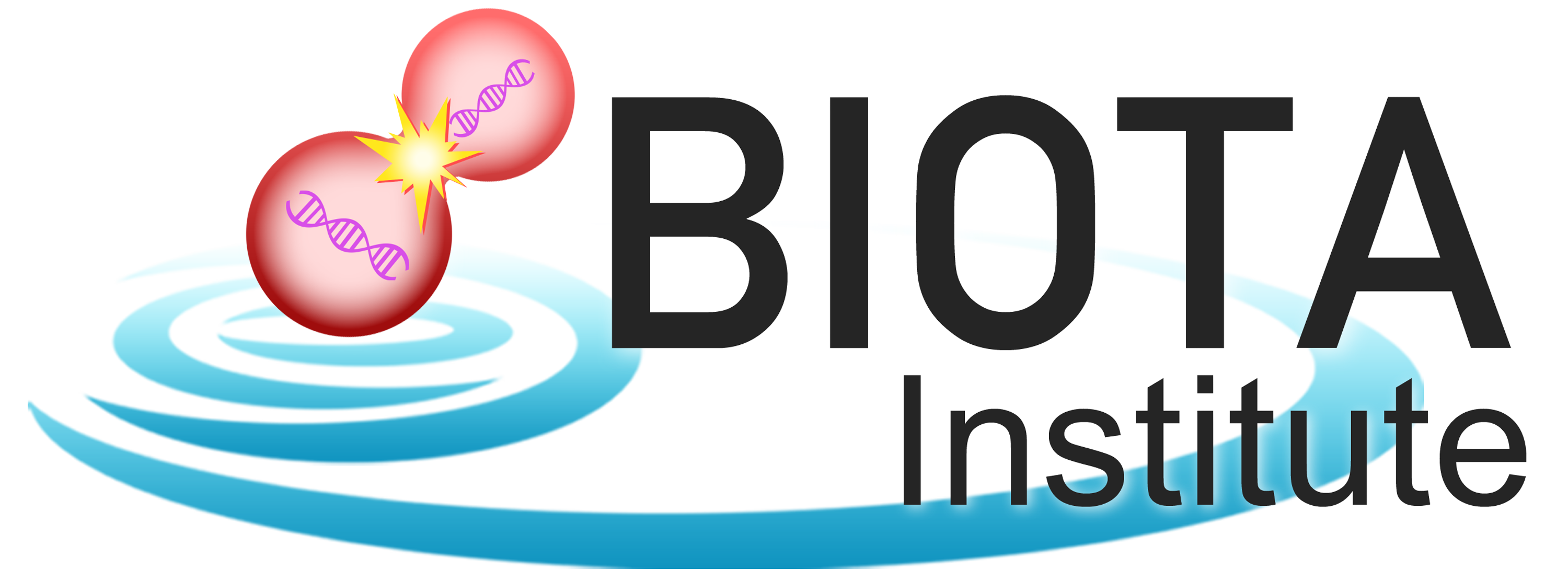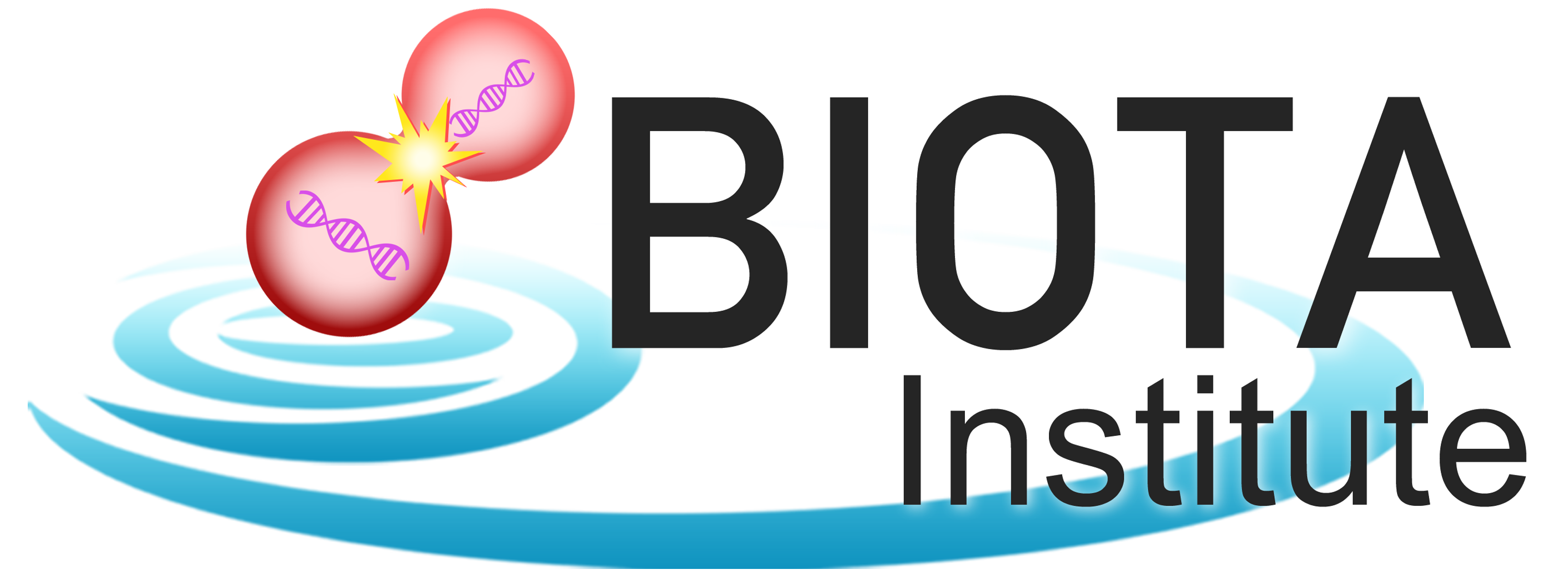People of BIOTA
Dr. Bruce Damer
BIOTA Institute Founding Director and Chief Scientist
BIOTA Institute Director and Chief Scientist Dr. Bruce Damer has spent his life pursuing two great questions: how did life on Earth begin, and how can we give that life (and ourselves) a sustainable pathway into the cosmos? He conceived of BIOTA in 1996 and guided it through its first two decades of evolution in which it hosted four conferences and a podcast (hosted by Tom Barbalet) on the use of digital spaces to simulate evolution and natural systems. A decade of scientific research with his collaborator Prof. David Deamer at the UC Santa Cruz Department of Biomolecular Engineering resulted in the Hot Spring Hypothesis for an Origin of Life published in the journal Astrobiology in 2019 . In 2021, with growing global collaboration around the hypothesis, he determined that BIOTA was ready for its new mission: raising grants for students and young scientists to test this scenario for life’s origins and explore its implications for humanity. Dr. Damer also has a long career working with NASA on mission simulation and design and recently co-developed a spacecraft to utilize resources from asteroids. He is an avid collector of vintage computing hardware in his DigiBarn Computer Museum and enjoys a fine life with his partner Kathryn Lukas, 3 cats and one adorable chihuahua in their Gandalf-inspired house high up in the Santa Cruz redwoods.

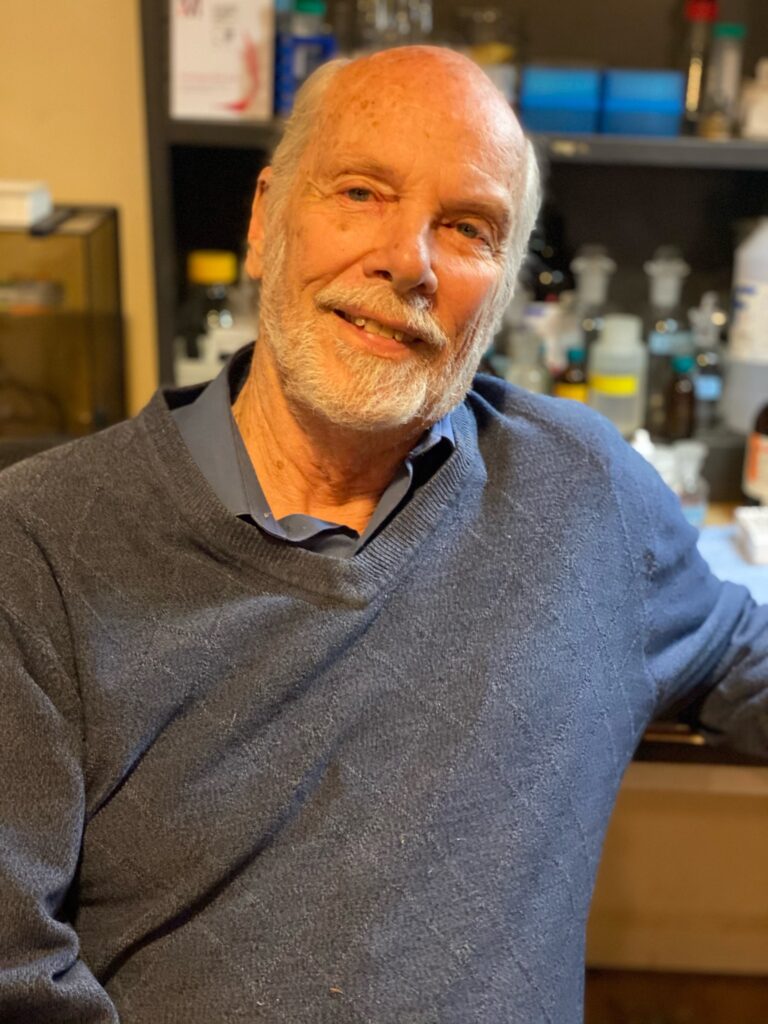
Professor David Deamer
Chair of Science Advisory Board
David Deamer is a Research Professor of Biomolecular Engineering at the University of California, Santa Cruz. Deamer received his undergraduate degree in Chemistry from Duke University in 1961, and PhD in Physiological Chemistry at the Ohio State University School of Medicine, 1965. Over his scientific career, Deamer has maintained a central focus on biological and synthetic membranes, particularly how primitive amphiphilic compounds could have encapsulated polymer systems to give rise to the first living cells. In 1985 he showed that lipid-like compounds in carbonaceous meteorites can self-assemble into membranous vesicles, making it plausible that such vesicles were present on the prebiotic Earth. He is currently using nanopore biosensors to detect nucleic acid polymers synthesized in a robotic device that simulates prebiotic conditions. Deamer is the author or co-author of 200 research papers and review articles, and the author/editor of 12 books, including Assembling Life (2019), published by Oxford University Press. His research has been featured in NOVA and National Geographic programs related to artificial life and the origin of life. A cover article in the August 2017 Scientific American described a hypothetical scenario about how life can begin on a habitable planet like the early Earth. The hypothesis has a foundation in laboratory experiments and observations in volcanic hydrothermal conditions, and is a joint effort by Deamer and Bruce Damer.
Andrew Gangidine
Early Career Scientists Team Lead
Andrew is the Curator of Earth and Space Sciences at Cranbrook Institute of Science. With degrees in biology and geology, Andrew’s research focuses on studying life in both modern and ancient settings. Andrew is particularly interested in the interaction between life and its local environment, with topics of interest including elemental uptake, biosignature preservation in the fossil record, and the prebiotic conditions that could have facilitated the origin of life on Earth.
Andrew has the following research foci:
• Terrestrial Hot Springs
• Biosignatures
• Microfossils
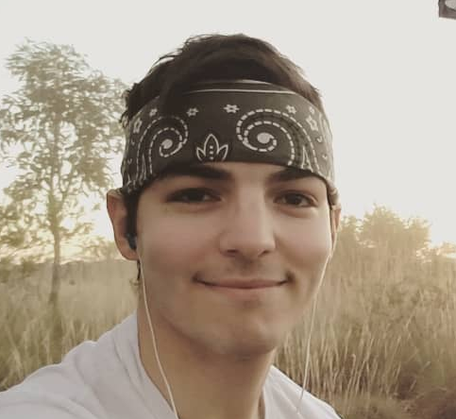
Ben K. D. Pearce
Member, Mentor
Ben is a Postdoctoral Fellow at Johns Hopkins University working in the lab of Prof. Sarah Hörst. He obtained his PhD in Astrophysics and Astrobiology at McMaster University in Canada in 2021. Ben’s research is centered around how planets obtain biomolecules for the emergence of life. On the theoretical side, Ben has used non-equilibrium atmospheric modeling, computational quantum chemistry, wet-dry pond modeling, and thermodynamics to try to understand the terrestrial processes and delivery mechanisms that lead to the origin of RNA on early Earth. At Hopkins Ben is developing the experimental side, demonstrating biomolecule formation from prebiotically plausible early Earth atmospheres using the PHAZER chamber. In his off time, Ben loves to backcountry hike, rock climb, practice yoga, cook vegan food, and homebrew beer.
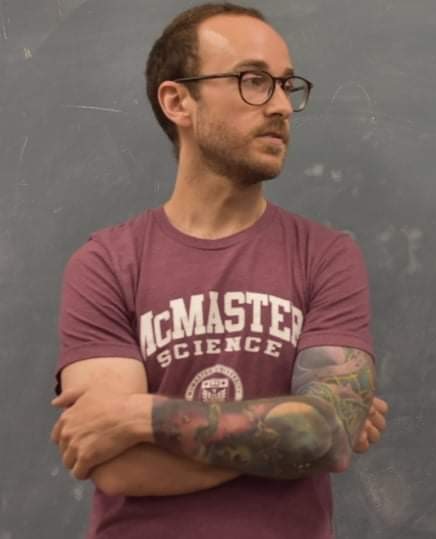
Luke Steller
Member, Mentor
Luke is a science communicator and PhD student at the Australian Centre for Astrobiology, UNSW. Supervised by Professor Martin Van Kranendonk and co-supervised by Dr Albert Fahrenbach, his research explores on the role of mineral systems and “messy” chemistry in hot springs driving the chemical emergence of life on Earth. The first objective of his current research is to constrain Archean hot spring environments through geochemical analysis on Archean deposits and associated hydrothermally altered minerals, focusing on the presence, concentration, and transport of Boron in ancient hot spring systems. He then applies this knowledge to test the fate of prebiotic chemical pathways (focusing on the formation and stability of ribose) in “real world” geochemically realistic hot spring conditions.
Luke communicates his science through a range of mediums, including on ABC’s Catalyst, The Conversation, and the UNSW 3 Minute Thesis competition.
You can learn more about Luke’s research and outreach at www.lukesteller.com.
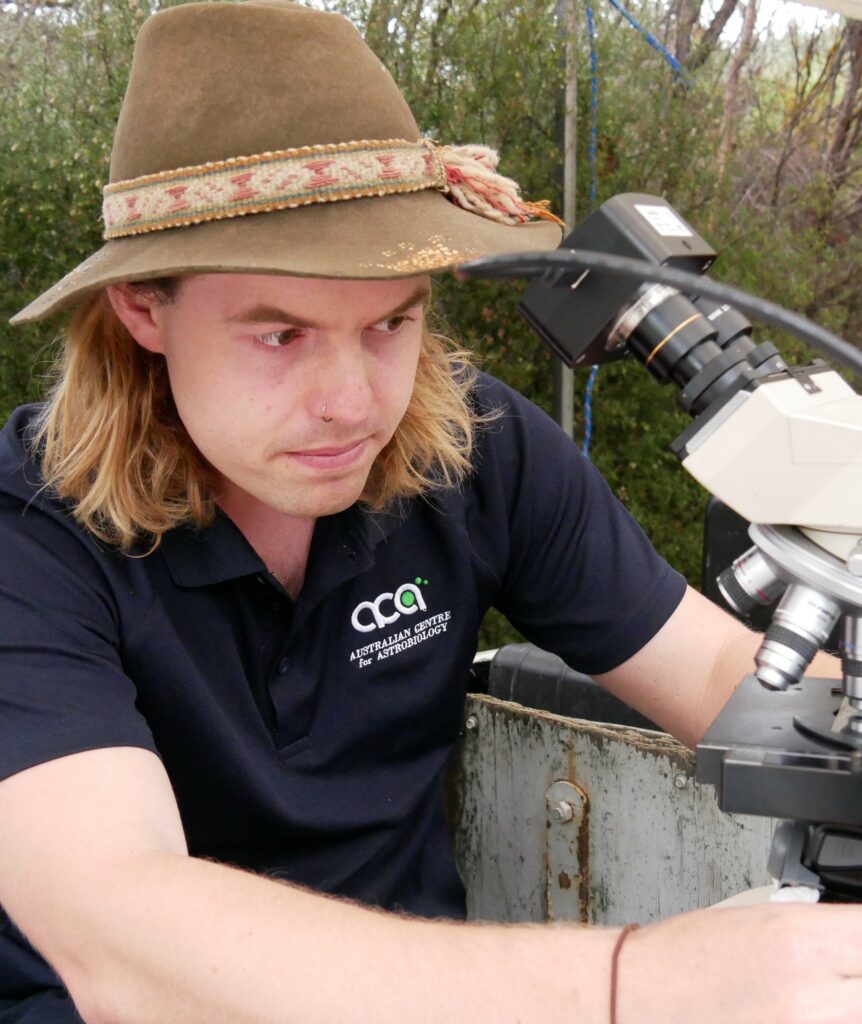
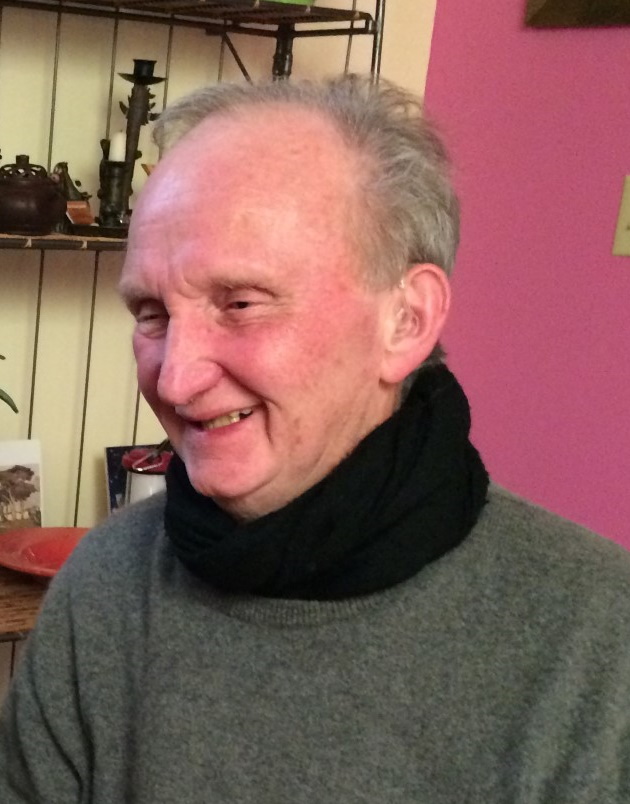
John Odling-Smee
Member, Science Advisory Board
John Odling-Smee is Emeritus Research Fellow, Mansfield College at the University of Oxford. Prior to retirement, he lectured in Biological Anthropology at Oxford. His significant work in evolutionary biology was to propose and develop Niche Construction Theory with Kevin Laland and explore its applications within the Extended Evolutionary Synthesis. John and his colleagues have engaged BIOTA in the question of abiogenesis to consider the transformative idea that life began within and through a form of passive, proto-niche construction.
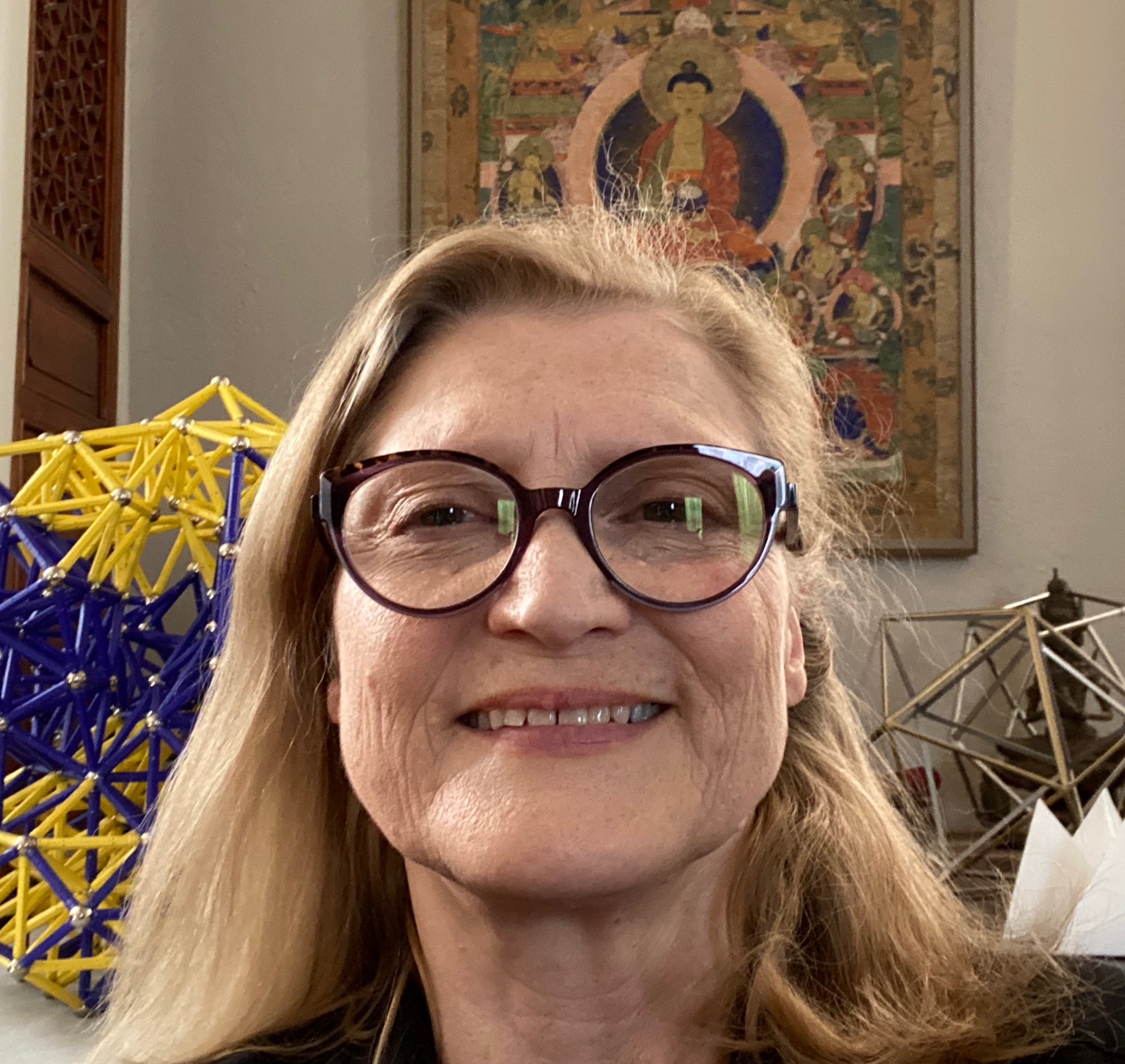
Bonnie DeVarco
BIOTA Secretary- Bonnie DeVarco, FRSA is a transdisciplinary author, educator & curator. She pioneered early development of virtual worlds for education and co-founded VLearn3D “Education Universe” with Margaret Corbit and Katy Borner. She designed, curated and developed virtual worlds for the UC System, California Boards of Education and other institutions including V-UCSC, UC’s Virtual High School, LinkWorld, BioLearn and VLearn3D. She co-founded the UC College Prep initiative, the first University-based online AP courses for high school students throughout California. She produced international events and programs for students, teachers & mentors in v-worlds from 1998 to 2006 and curates galleries online and through events at UCSC, Stanford University, Google, Almaden Labs, Adobe, SGI and others. Bonnie was chief archivist for the Buckminster Fuller Archives at BFI 1989-1995 and continues to work with BFI on international programs. She is a Fellow of Stanford’s MediaX, teaches and curates projects with the Fuller Collection at Stanford and is founding advisor to SciMaps, BF Challenge & others.
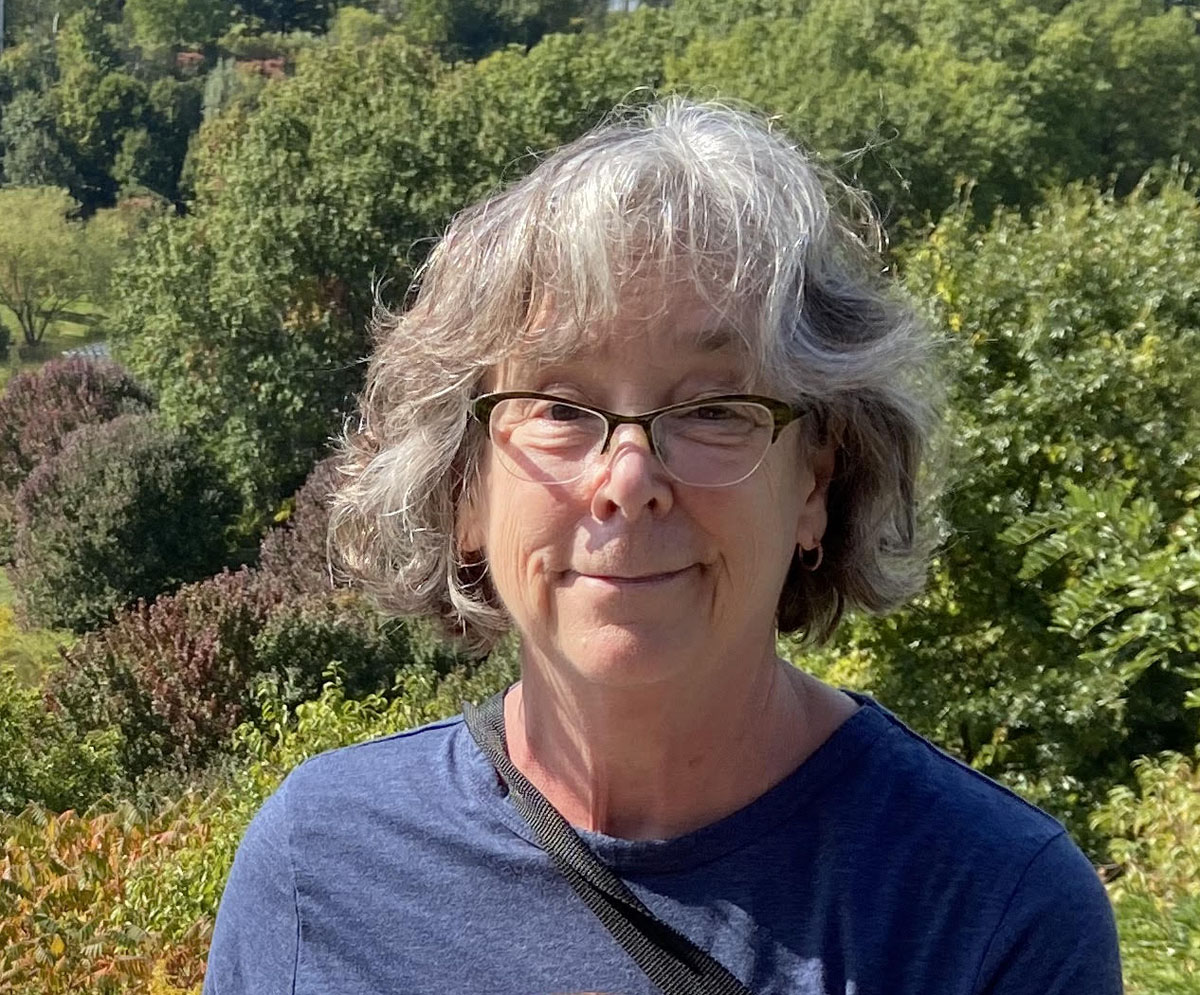
Margaret Corbit
BIOTA Emeritus Founding Board Member- Margaret Corbit has worked in the development of educational programs using Internet technologies, in particular the medium of online multiuser virtual worlds. Since 1992 she has developed interpretive and educational content using new media for science and technology research using the Activeworlds platform. With Bonnie DeVarco, Corbit helped develop and support the VLearn Community. Corbit directed the online outreach program, SciCentr, at Cornell University which connected Cornell students with teens across the country for more than ten years. She worked with NASA’s National Institute for Aerospace and the Virginia Beach Public Schools on classroom and design challenge projects. Today, she continues to pioneer the use of new media for education, including work on development of virtual world museum programs and science communication. Corbit has promoted the use of virtual worlds in education through peer review publication and science communication community presentations around the world. She lives happily at the end of a dead end road outside of Ithaca, NY, with her husband and two cats.
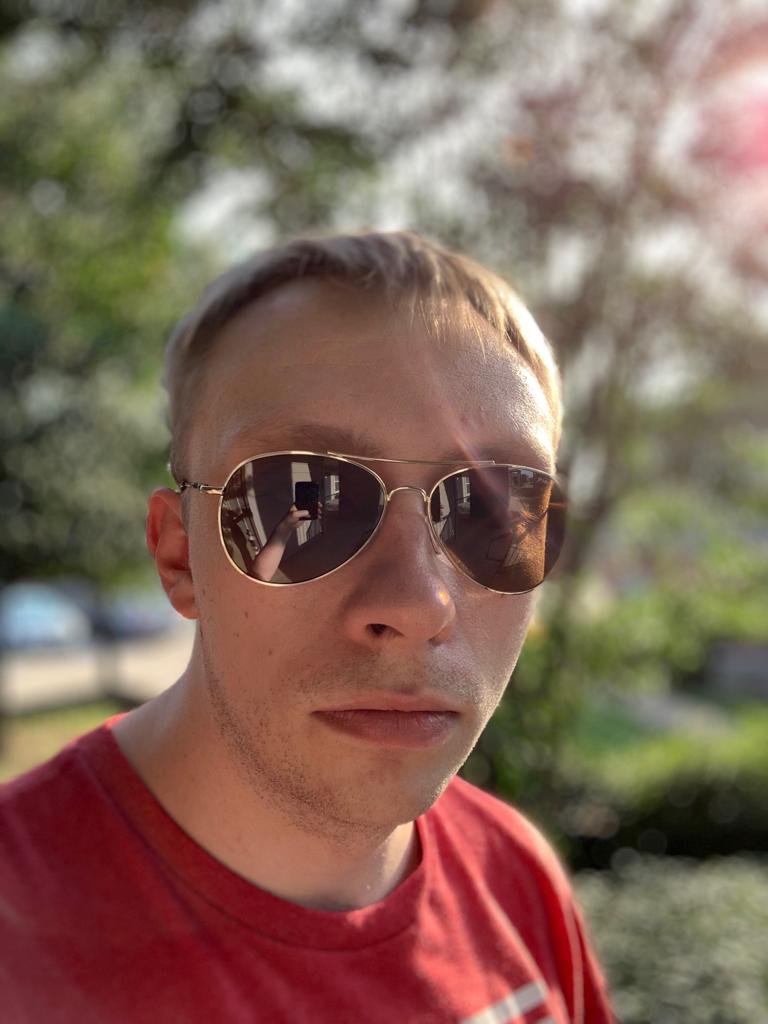
Stuart Cass - Server Tamer
Stuart is a systems administrator/webmaster by day and amateur virtual world historian by night. As a long time follower of Dr. Bruce Damer's pioneering work in the virtual world space, it was inevitable they would cross paths at some point. He currently oversees the technical side of the web equation for many of Dr. Bruce's projects both old and new. If something you see on this site is broken, let us know and Stu will work his magic.
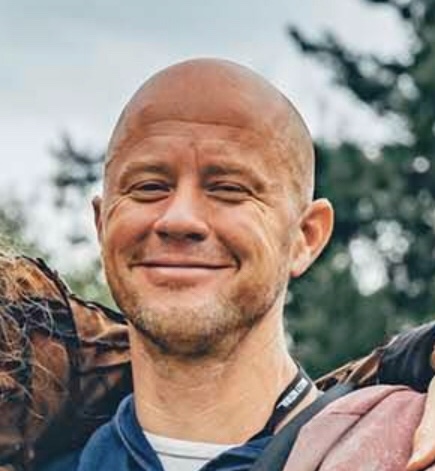
Aaron Thayne - Media Wrangler
Aaron is always queued up to edit BIOTA's videos and audios for our public-facing research. In his personal life he is currently completing a Bachelor of Science Degree, majoring in Aerospace Technology Management at Utah Valley University. Aaron is an ANFT Certified Nature and Forest Therapy Guide and has a background working with Domestic and Wild Horses.
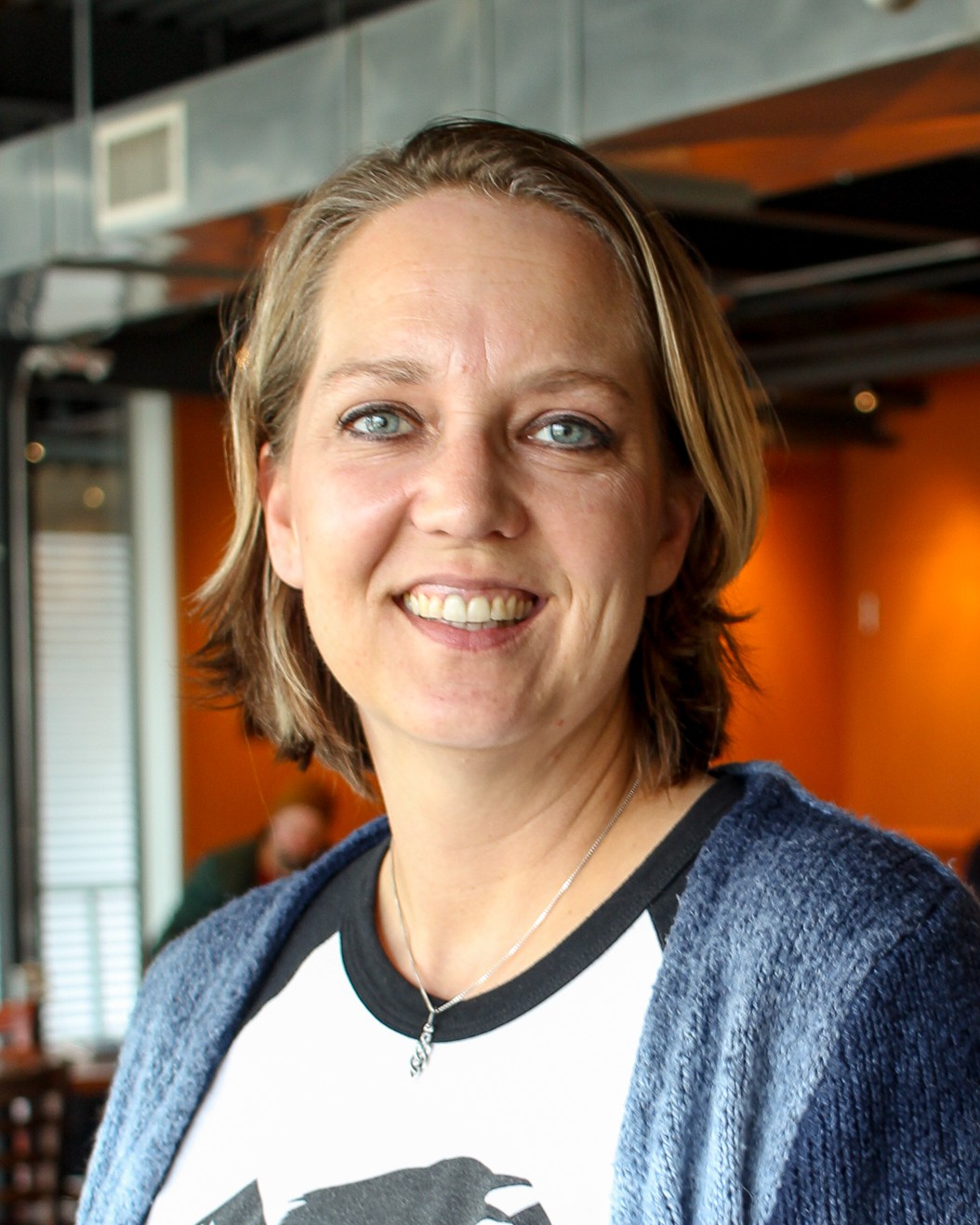
Alice Nelson - Web Designer
Alice is relatively fresh to the world of web development and Origin of Life Science. Not having a scientific background, she brings a new and enthusiastic perspective to the group
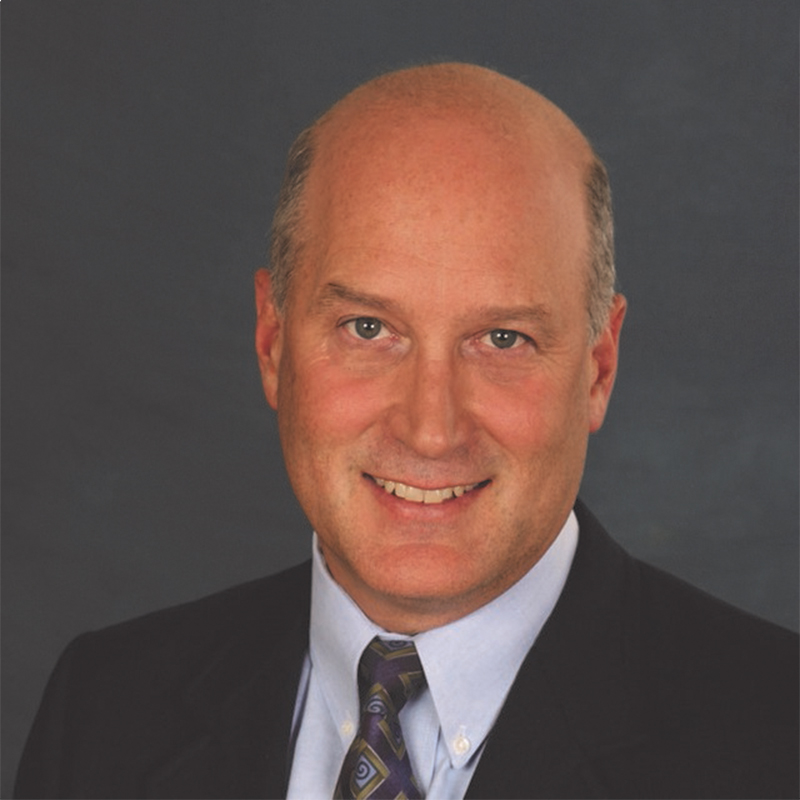
Denis Greene - Fundraiser & Cheerleader
Volunteer funding strategist and a chief cheerleader for BIOTA, Denis has a 40 year background working with charities and scientific nonprofits to raise the bar of knowledge and consciousness for humanity. His research on the cognitive strategies of consistently high performing innovators was published in the International Journal of Innovation Education and Research.
